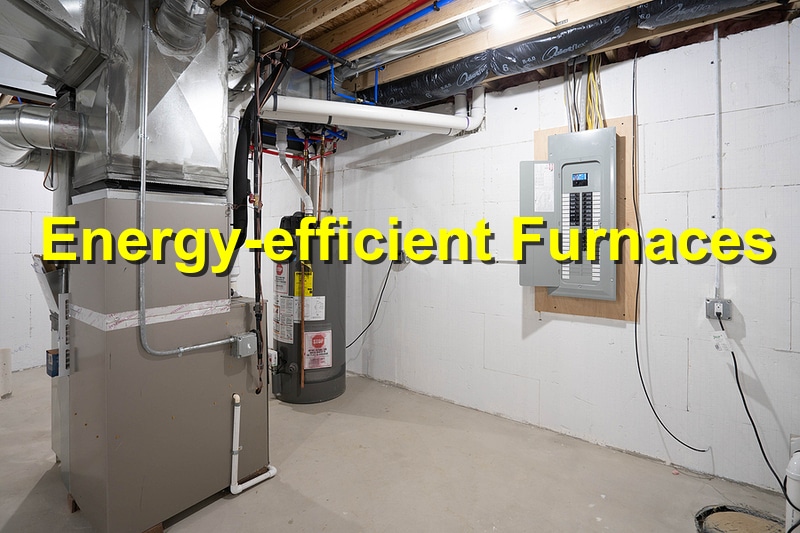Determining the most cost-saving furnace on the market requires considering several factors such as energy efficiency, fuel type, installation costs, and regional climate conditions. While individual circumstances may vary, there are furnace models known for their high efficiency and potential cost savings:
- High-Efficiency Condensing Furnaces: Condensing furnaces are highly regarded for their energy efficiency. They extract heat from the combustion process and use it to preheat incoming cool air, resulting in less wasted heat. These furnaces have an Annual Fuel Utilization Efficiency (AFUE) rating of 90% or higher, indicating that they convert 90% or more of the fuel they consume into usable heat. They are particularly suitable for colder climates and homes with a high demand for heating.
- ENERGY STAR Certified Furnaces: Look for furnaces that carry the ENERGY STAR certification. These models meet or exceed stringent energy efficiency standards set by the U.S. Environmental Protection Agency (EPA). ENERGY STAR furnaces are designed to provide significant energy savings compared to standard models. They often feature advanced technologies such as modulating gas valves, variable speed blowers, and improved insulation.
- Variable Speed Blower Motors: Furnaces equipped with variable speed blower motors can adjust their output based on heating demands, resulting in improved energy efficiency. These motors can operate at different speeds to precisely match the airflow needed for heating your home, reducing energy consumption and providing more consistent comfort.
- Modulating Gas Valves: Furnaces with modulating gas valves can deliver precise heat output by adjusting the flame intensity to meet the heating requirements. This modulating capability ensures that the furnace operates at the most efficient level, minimizing energy waste and maximizing comfort. Modulating furnaces provide even temperatures, reduce cycling, and offer potential cost savings.
- Dual-Fuel Systems: For regions with fluctuating energy costs, dual-fuel systems can provide cost savings. These systems combine a high-efficiency gas furnace with an electric heat pump. The heat pump is used for heating during milder weather conditions when electricity is more cost-effective, while the gas furnace takes over during colder periods. Dual-fuel systems automatically switch between the two heat sources based on outdoor temperatures, optimizing efficiency and reducing operating costs.
- Proper Sizing and Installation: A crucial aspect of achieving cost savings is ensuring that the furnace is properly sized and installed. An oversized or undersized furnace can lead to inefficiencies, increased energy consumption, and reduced comfort. Consulting with a qualified HVAC professional who performs a load calculation specific to your home’s heating needs ensures the furnace is sized correctly for optimal efficiency and cost savings.
Remember that while selecting an energy-efficient furnace is important, other factors such as insulation, ductwork, and regular maintenance also contribute to overall energy savings. Consulting with HVAC professionals, comparing ENERGY STAR ratings, and considering long-term operating costs will help identify the most cost-saving furnace for your specific requirements.
References: TLCfurnace, Draft HVAC

